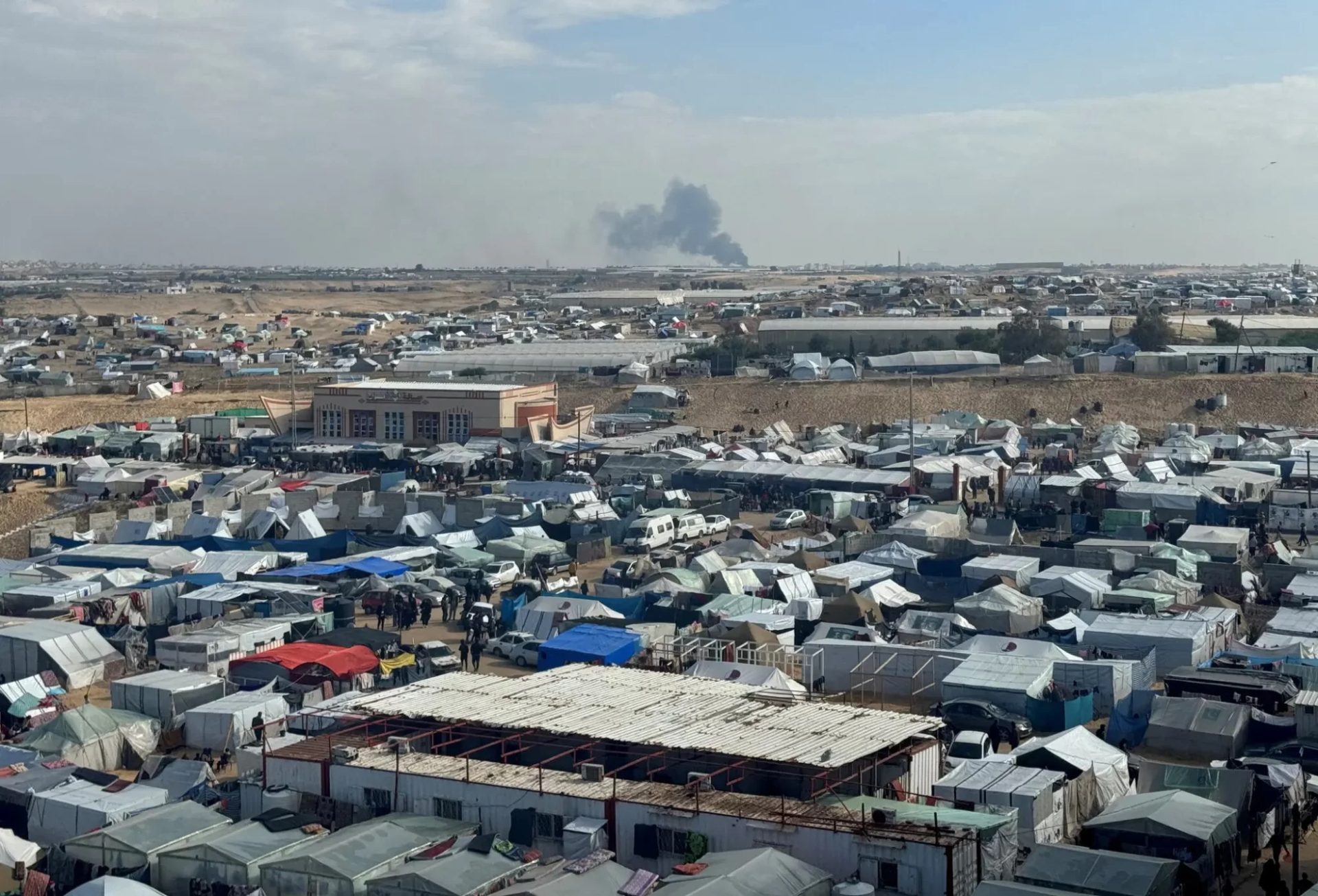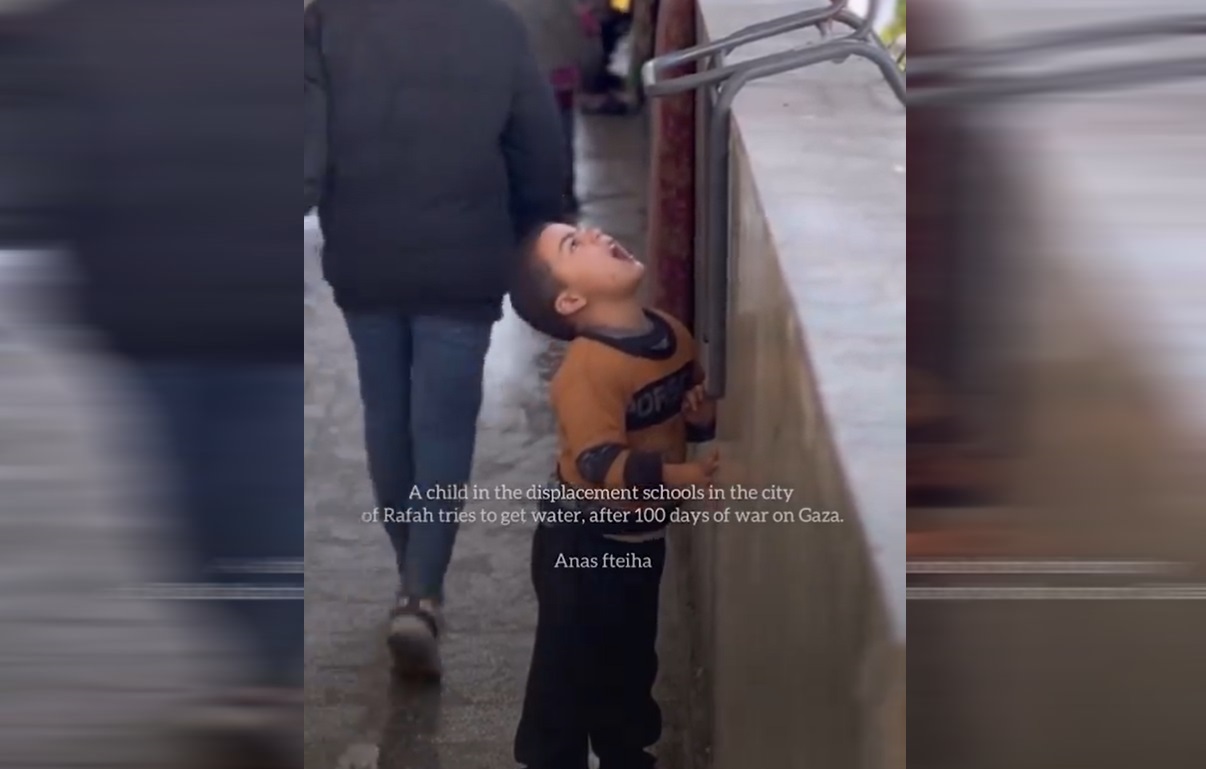Gaza’s Grim Forecast: War and Disease Threaten 85,000 Lives

Watan-An American newspaper presented a gloomy and horrifying image of what conditions in the besieged Gaza Strip could deteriorate into, amid the continuation of Israeli aggression, claiming that war and disease could kill 85,000 Gaza residents within just six months, in addition to the previous casualties.
This comes in conjunction with the United States exercising its veto power to nullify any resolution projects before the UN Security Council calling for an immediate ceasefire in Gaza.
On Tuesday, February 20th, the United States prevented such measures for the third time since Israel began its attack on Gaza, obstructing the resolution project put forth by Algeria to halt the ceasefire in Gaza, which was supported by the majority.
Disastrous Scenarios If the War Continues
The “New York Times” reported in a report authored by its World Health Organization correspondent, Stephanie Nolen, that escalation of war in Gaza could lead to the death of 85,000 Palestinians due to injuries and diseases over the next six months.
This is within the worst of the three scenarios crafted by prominent epidemiologists in an attempt to predict the potential Palestinian casualties in the future due to the “conflict,” as they term it.
These deaths would add to over 29,000 fatalities in Gaza resulting from the brutal Israeli aggression on the enclave since the war began last October.
This estimate represents “excess deaths” higher than what was expected if there were no war, according to the report.
Scientists, as reported by the “New York Times,” assumed a second scenario, presuming no change in the current level of fighting or the arrival of humanitarian aid, in which there might be an additional 58,260 deaths in the besieged enclave over the next six months.
These estimates come from researchers at Johns Hopkins University and the London School of Hygiene & Tropical Medicine.
Their analysis found that this number could rise to 66,720 if there were outbreaks of infectious diseases such as cholera.

In Case of Excluding Infectious Diseases
The same source pessimistically noted that the analysis also found that even in the best of the three scenarios described by the research team – immediate and sustainable cessation of hostilities with no spread of infectious diseases – an additional 6,500 Gaza residents could die in the next six months as a direct result of the war.
The population of the Gaza Strip before the war was about 2.2 million.
The newspaper quoted Dr. Francesco Checchi, a professor of epidemiology and international health at the London School of Hygiene & Tropical Medicine, saying, “This is not a political message or advocacy.”
He added, “We simply wanted to put it at the forefront of people’s minds and on the desks of decision-makers so that it can be said afterward that when these decisions were made, there was some evidence available about how it would impact.”
Health Data
Dr. Checchi and his colleagues estimated the expected excess deaths from health data available from Gaza before the war began and from those collected during over four months of fighting.
Their study looks into deaths resulting from serious injuries and infectious diseases, maternal and neonatal deaths, and non-communicable diseases that people can no longer receive medication or treatment for, such as kidney dialysis.
Dr. Checchi said the analysis made it possible to determine the potential impact of a ceasefire on lives.
He added, “The decisions to be made in the coming days and weeks are of great importance regarding the development of the death toll in Gaza.”
Expressing his belief that the expected 6,500 deaths even with a ceasefire are based on the assumption that there will be no outbreaks of infectious diseases.

Forgotten Diseases
In turn, Dr. Paul Spiegel, an epidemiologist at the Johns Hopkins Bloomberg School of Public Health and the study’s author, which has not been peer-reviewed, said that with outbreaks of cholera, measles, polio, or meningitis, this number would be 11,580.
He said, “The point here is that even with a ceasefire, we are not out of the crisis at all… there are still a large number of deaths, and we must be prepared for that.”
He added, “While it is clear that military escalation could lead to additional losses, policymakers should be aware of the range of deaths indicated by these scenarios.”
Dr. Spiegel said, “We hope to bring some reality to the matter… This means an additional 85,000 deaths in a community that has already lost 1.2 percent of its population.”






